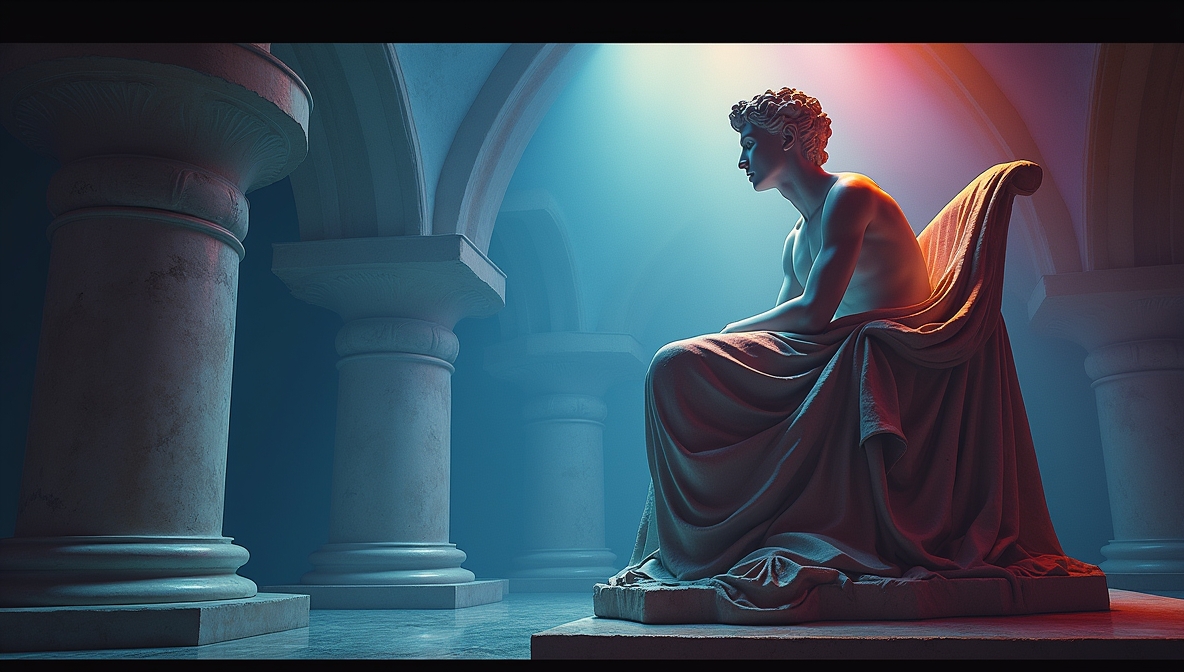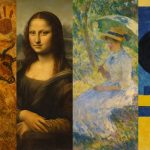Sculpture has long been a measure of artistic and cultural expression, evolving from the lifelike masterpieces of the Renaissance to the bold, conceptual forms of today. Artists have pushed boundaries, redefining space, material, and meaning. From the chiseled marble of Michelangelo to the dynamic abstractions of contemporary sculptors, the medium reflects both artistic intent and societal shifts.
The Renaissance: Perfection in Form and Detail
The Renaissance brought an obsession with proportion, anatomy, and realism. Inspired by classical antiquity, sculptors created works that celebrated the human body with extraordinary precision.
Michelangelo and the Mastery of Marble
Michelangelo Buonarroti redefined sculpture, transforming blocks of marble into figures that seemed to breathe. His most famous works include:
- David (1501-1504) – A study in human strength and beauty, this sculpture captured tension before action, showing David before his battle with Goliath.
- Pietà (1498-1499) – A deeply emotional depiction of the Virgin Mary holding the body of Christ, showcasing Michelangelo’s ability to merge movement and tenderness in stone.
- Moses (1513-1515) – Part of the tomb of Pope Julius II, this sculpture conveys immense power through its intense gaze and muscular form.
Other Renaissance sculptors, such as Donatello and Bernini, refined the art further, using bronze and marble to explore both classical ideals and emotional depth.
Baroque Drama and Movement
The Baroque period infused sculpture with energy, emphasizing movement, theatricality, and emotional expression. Artists abandoned the stillness of Renaissance forms, favoring dynamic compositions.
- Gian Lorenzo Bernini – His works exploded with motion.
- Apollo and Daphne (1622-1625) – Capturing the moment of transformation as Daphne turns into a tree, this sculpture is a study in fluidity.
- Ecstasy of Saint Teresa (1647-1652) – A fusion of religious fervor and physical expression, this piece blurs the line between sculpture and theater.
Baroque sculptors embraced deep contrasts in light and shadow, amplifying the drama within their compositions.
Neoclassicism: A Return to Order
The late 18th and early 19th centuries saw a return to classical ideals. Artists sought balance, symmetry, and idealized forms inspired by ancient Greek and Roman art.
- Antonio Canova – His sculptures embodied grace and restraint.
- Psyche Revived by Cupid’s Kiss (1787-1793) – A delicate representation of love and awakening.
- Perseus with the Head of Medusa (1804-1806) – A striking reinterpretation of classical mythology.
Neoclassicism rejected Baroque extravagance in favor of clear lines and controlled composition.
The Rise of Modernism: Breaking Tradition
By the late 19th and early 20th centuries, sculptors challenged classical forms, experimenting with abstraction, new materials, and unconventional subjects.
Rodin and the Birth of Modern Sculpture
Auguste Rodin, often considered the father of modern sculpture, introduced expressive surfaces and raw emotion. His figures appeared unfinished, rejecting classical smoothness.
- The Thinker (1902) – A study in introspection, its rough texture adds to its intensity.
- The Kiss (1882-1889) – A tender yet powerful depiction of passion.
Brâncuși and the Essence of Form
Constantin Brâncuși stripped sculpture to its essence, focusing on pure form rather than realism. His work paved the way for abstraction.
- Bird in Space (1923-1929) – A sleek, elongated form capturing the spirit of flight rather than a literal bird.
- The Endless Column (1938) – A towering repetition of geometric forms symbolizing infinity.
Cubism, Constructivism, and Surrealism
The early 20th century saw radical departures from traditional sculpture.
- Pablo Picasso – His sculptural work embraced Cubism, breaking down forms into geometric planes.
- Naum Gabo – A key figure in Constructivism, he introduced industrial materials like metal and glass.
- Salvador Dalí – His surrealist sculptures defied logic, twisting reality into dreamlike forms.
These movements expanded the definition of sculpture, integrating space, movement, and new materials.
Abstract and Minimalist Movements
Post-war sculpture abandoned figurative representation, embracing pure form, material, and space.
- Henry Moore – His large-scale works explored organic, curvilinear shapes, often inspired by nature.
- Alexander Calder – A pioneer of kinetic sculpture, he introduced movement through mobiles and dynamic structures.
- Donald Judd – Minimalism reduced sculpture to simple geometric shapes, focusing on material presence rather than representation.
These artists emphasized the relationship between sculpture and its environment, breaking free from traditional plinths and museum settings.
Contemporary Sculpture: Boundless Possibilities
Today’s sculptors challenge materials, techniques, and conceptual limits.
Technology and New Media
Advances in technology have reshaped sculpture, incorporating digital fabrication, AI, and interactive elements.
- Anish Kapoor – Known for monumental works like Cloud Gate in Chicago, which reflects and distorts its surroundings.
- Olafur Eliasson – Uses light, water, and movement to create immersive installations.
Environmental and Social Commentary
Modern sculpture often engages with political, social, and environmental themes.
- Ai Weiwei – His works critique censorship and human rights violations, using materials with deep symbolic meaning.
- Banksy’s Dismaland – Blends sculpture with installation art to comment on societal issues.
Biodegradable and Living Sculptures
Artists explore sustainability by creating works that evolve with nature.
- Patrick Dougherty – Weaves branches into large-scale organic sculptures.
- Agnes Denes – Known for Wheatfield – A Confrontation, blending land art with ecological themes.
The Ever-Changing Nature of Sculpture
Sculpture has shifted from marble figures to fluid digital creations. Whether carved in stone, welded in metal, or generated through algorithms, each era redefines the medium. The journey from Michelangelo’s precision to the fluidity of contemporary forms reflects a continuous dialogue between tradition and innovation.



